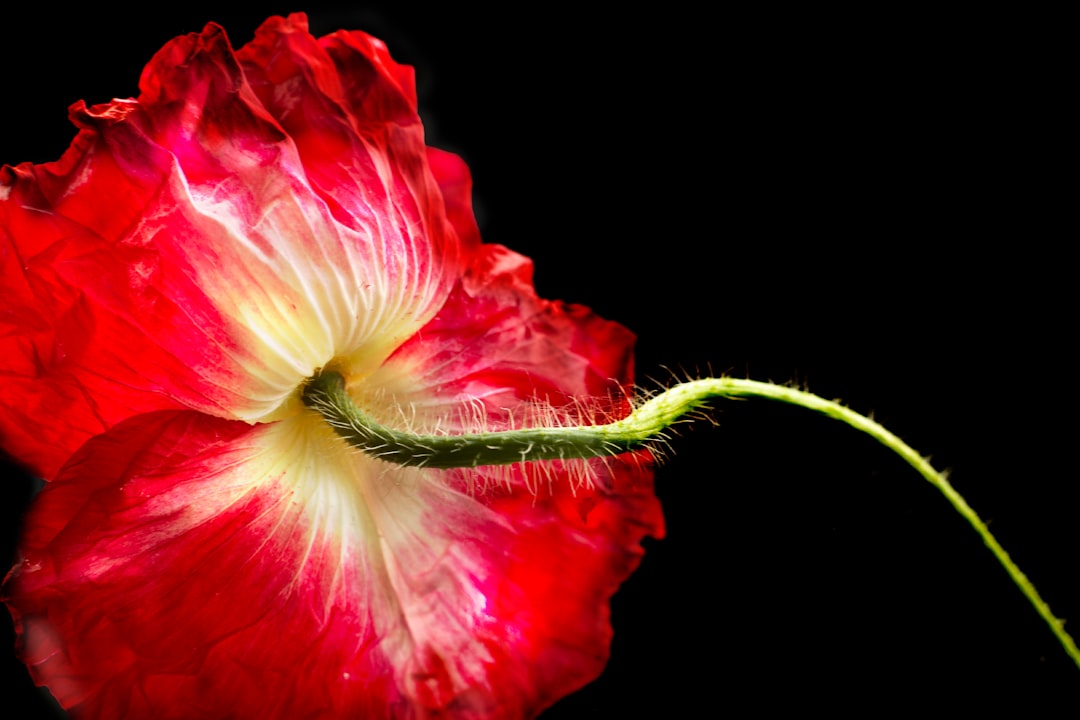Houseplants have become an integral part of modern living, adding a touch of nature and tranquility to our indoor spaces. They purify the air, reduce stress, and bring a sense of life to our homes. However, these beloved green companions are not immune to the threats of pests, and one of the most common and troublesome pests that houseplant owners face is the spider mite.
Spider mites are tiny arachnids that are barely visible to the naked eye. They belong to the Tetranychidae family and are known for their ability to rapidly reproduce and infest plants. These pests thrive in warm, dry environments, making our indoor homes an ideal breeding ground for them. Spider mites feed on the sap of plants, piercing the plant cells with their sharp mouthparts and sucking out the vital fluids. This feeding behavior can cause significant damage to the plant, leading to stunted growth, yellowing leaves, and even death if left untreated.
One of the earliest signs of a spider mite infestation is the appearance of fine webbing on the plant. These webs are often found on the undersides of leaves, along the stems, and in the crevices of the plant. The webbing serves as a protective barrier for the spider mites and their eggs, making it easier for them to move around the plant and avoid detection. Another tell - tale sign is the presence of small, yellow or white spots on the leaves. These spots are caused by the spider mites' feeding activity, as they remove the chlorophyll from the plant cells. As the infestation progresses, the leaves may become discolored, wilted, and eventually fall off.
To effectively get rid of spider mites, it is important to take a multi - pronged approach. The first step is to isolate the infested plant from other healthy plants to prevent the spread of the mites. This can be done by moving the plant to a separate room or area of the house. Next, gently wash the plant with a strong stream of water. This will help to dislodge the spider mites and their eggs from the plant. Pay special attention to the undersides of the leaves, where the mites tend to hide.
You can also use natural predators to control the spider mite population. Ladybugs and predatory mites are natural enemies of spider mites and can be introduced to the plant environment. These beneficial insects will feed on the spider mites, helping to reduce their numbers. Additionally, there are several homemade remedies that can be effective in treating spider mite infestations. A solution of neem oil and water can be sprayed on the plant. Neem oil is a natural insecticide that disrupts the life cycle of the spider mites, preventing them from reproducing and feeding.
Another option is to use a mixture of dish soap and water. The soap helps to break down the protective coating on the spider mites, causing them to dehydrate and die. However, it is important to test these solutions on a small area of the plant first to ensure that the plant is not sensitive to the treatment.
Regularly inspecting your houseplants is crucial for early detection of spider mite infestations. Check the leaves, stems, and undersides of the plants for any signs of webbing, spots, or pests. Maintaining a clean and healthy environment for your plants is also essential. Keep the humidity levels in your home moderate, as spider mites prefer dry conditions. You can use a humidifier or place a tray of water near the plants to increase the humidity.
In conclusion, spider mites are a common but manageable threat to your houseplants. By being vigilant, taking preventive measures, and using effective treatment methods, you can keep your indoor greenery healthy and thriving. Remember, a little care and attention can go a long way in ensuring the beauty and longevity of your houseplants.

